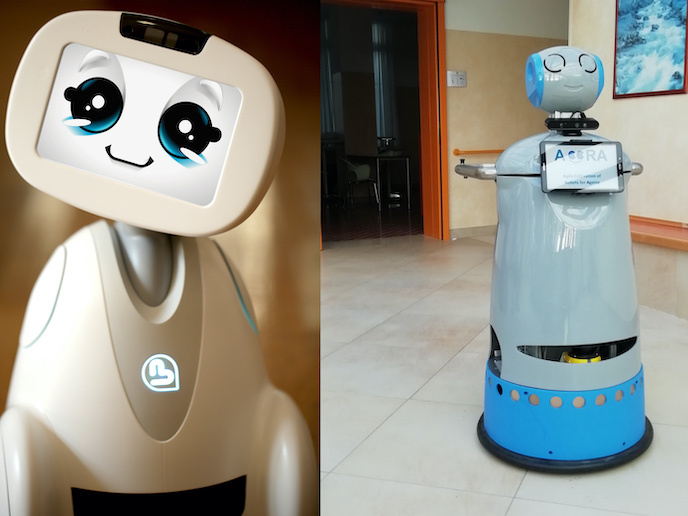Smart PCs for the visually impaired
The absence of an interactive display has until now prevented the visually impaired from utilising the many benefits of the information society. Accordingly, the ITACTI project has developed a state-of-the-art interactive tactile interface peripheral in order to enable access to modern computer and Internet applications. Smart materials produce an array of multiple actuators, a matrix of moving dots, therefore providing a very efficient computer control system. Along with an interface that displays tactile diagrams and multi-line Braille, full presentation of interactive documents can be achieved. Electrorheological (ER) fluid is a smart material that has been used by the ITACTI project partners for the production of the actuators. It has the ability to accurately change its flow properties from liquid to solid in a matter of milliseconds. But this ability was exhibited only when the ER fluid was subjected to electrical fields of the order of one megavolt per metre. Two parameters basically control the magnitude of the electric field - potential difference and the distance between the two electrodes. Large potential differences and small distances between the electrodes create large electric fields. Since megavolt potentials are prohibited, project partners have minimised the distance between the electrodes. With electrode gaps of the order of 250 micrometres, potential differences of only 400 volts are required. A new class of ER fluids was required that was capable of operating in such confined volumes. ER fluid with particles as large as 50-100 micrometres and dispersed in oil was proven unsuitable. Therefore a new ER was developed with particle size of 10 to 20 micrometres. Project partners are currently carrying out a patent search for this novel, environmentally clean and fully functional low voltage ER fluid.







